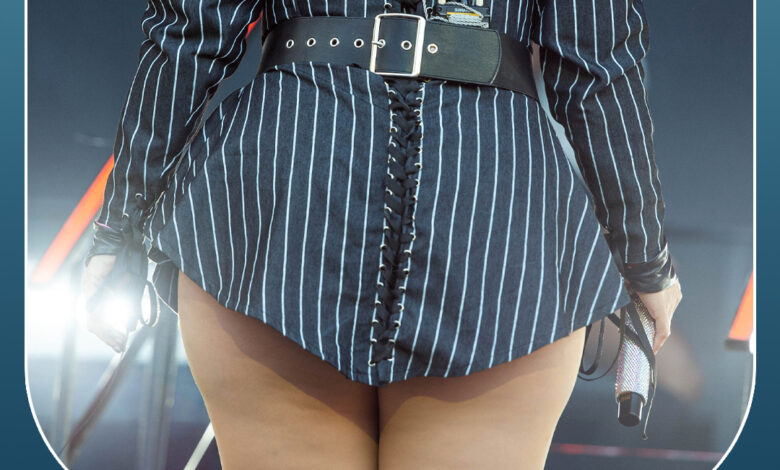Kenny Rogers Confessed He Was ‘Trying to Hide’ Behind Plastic Surgery — What He Would Have Looked Like Without It, According to AI

Kenny Rogers’ career spanned more than six decades, defined by a voice that could bridge genres and emotions. From humble beginnings in Houston to global superstardom, his evolution wasn’t limited to his sound — his face and image transformed alongside his fame.
In the early 1960s, a young Rogers cut an entirely different figure from the silver-bearded legend fans remember. With dark tousled hair, a rugged beard, and amber-tinted aviators, he embodied the folk-rock spirit of the era. His style was simple and authentic — open-collared sweaters and a quiet confidence that hinted at his potential long before “The Gambler” became a cultural anthem.
By the 1970s, Rogers’ look — and his career — began to crystallize. He swapped his casual, earthy aesthetic for a sharper, more polished presence. Photographs from 1977 and 1978 capture him on the cusp of stardom, his hair feathered, beard neatly trimmed, and charisma undeniable. It was during this time that his career exploded, with hits like Lucille and The Gambler propelling him to the top of both country and pop charts.
Through the 1980s, Rogers’ silver hair became his trademark, lending him an air of sophistication that set him apart from his contemporaries. Whether performing alongside Dolly Parton or walking red carpets with his then-wife Marianne Gordon, he exuded quiet confidence and enduring charm. By the early 1990s, his tailored suits, smooth complexion, and signature smile had become instantly recognizable.
But fame comes with its own pressures. As television and tabloids magnified every detail of celebrity life, Rogers faced scrutiny not just for his music but for his appearance. His face — once the image of rugged warmth — would soon become a subject of fascination and debate. The years ahead would see both triumph and regret as the legend behind Islands in the Stream confronted the cost of perfection in the public eye.